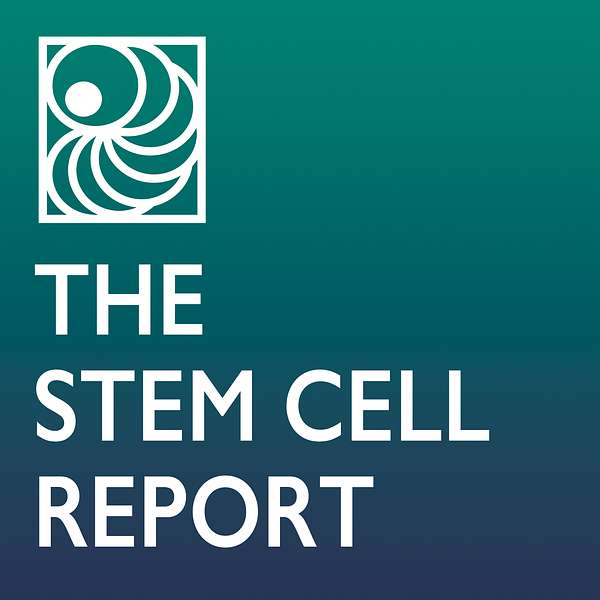
The Stem Cell Report with Janet Rossant
Stem cell science has catapulted to the forefront of biomedical research over the last decade, bringing with it the potential to transform human health and the treatment of devastating diseases and disorders. Janet Rossant, an internationally recognized stem cell pioneer and the dynamic editor-in-chief of Stem Cell Reports, explores basic discoveries in stem cell research and its application. Dr. Rossant goes “beyond the paper,” bringing authors together to draw new insights and explore the questions and creativity that drive new breakthroughs. Stem Cell Reports, published by the International Society for Stem Cell Research (ISSCR), is an open-access, peer reviewed journal that supports the field of stem cell research and regenerative medicine.
The Stem Cell Report with Janet Rossant
Climbing the Scientific Mountain of Retinal Regeneration
Collectively, retinal degenerative disorders are a major cause of blindness worldwide. For example, one of the most common disorders is age related macular degeneration, which alone affects nearly 200 million globally.
In humans, and other mammals, the loss of the retinal cells is an irreversible process. However, in some non-mammalian vertebrates like frogs and fish, retinal neurons can regenerate. This process is dependent upon Müller glia, which can re-enter the cell cycle and reprogram into neurogenic progenitors upon retinal injury or disease. Progress has been made in understanding the genetic program underlying these regenerative process, and proof-of-principle experiments in the adult mouse retina demonstrated that genetic programs in frog and fish can be coopted to induce neurogenesis in mammals. Our guests today have extended this research to genetically reprogram fetal or organoid-derived human Müller glia into retinal neurons. They will talk about this work, the background underlying it and its potential applications.
Host
Martin Pera, Editor-in-Chief, Stem Cell Reports and The Jackson Laboratory
@martinperaJAX
Guests
Thomas Reh is a Professor of Biological Structure, and a member of Institute for Stem Cell and Regenerative Medicine at the University of Washington. His research is focused on understanding retinal disease in disorders such as glaucoma and macular degeneration, and on developing treatments for vision loss. The Reh laboratory studies regeneration in animal models, including invertebrates like frog and fish, to understand the key genes involved in endogenous regeneration. The ultimate goal of this research is to stimulate regeneration in the mammalian retina, and ultimately to restore sight in patients.
Juliette Wohlschlegel is a postdoctoral scholar in the Reh laboratory. Dr. Wohlschlegel received her undergraduate degree in neuroscience from the Sorbonne Université, and her PhD from Institut de la Vision in France, where she studied inherited retinal diseases.
Supporting Content
ASCL1 induces neurogenesis in human Müller glia, Stem Cell Reports
About Stem Cell Reports
Stem Cell Reports is the open access, peer-reviewed journal of the International Society for Stem Cell Research (ISSCR) for communicating basic discoveries in stem cell research, in addition to translational and clinical studies. Stem Cell Reports focuses on original research with conceptual or practical advances that are of broad interest to stem cell biologists and clinicians.
Twitter: @StemCellReports
About ISSCR
With nearly 5,000 members from 75+ countries, the International Society for Stem Cell Research (@ISSCR) is the preeminent global, cross-disciplinary, science-based organization dedicated to stem cell research and its translation to the clinic. The ISSCR mission is to promote excellence in stem cell science and applications to human health.
ISSCR Staff
Keith Alm, Chief Executive Officer
Yvonne Fisher, Managing Editor, Stem Cell Reports
Kym Kilbourne, Director of Media and Strategic Communications
Jack Mosher, Scientific Advisor
Voice Work
Ben Snitkoff